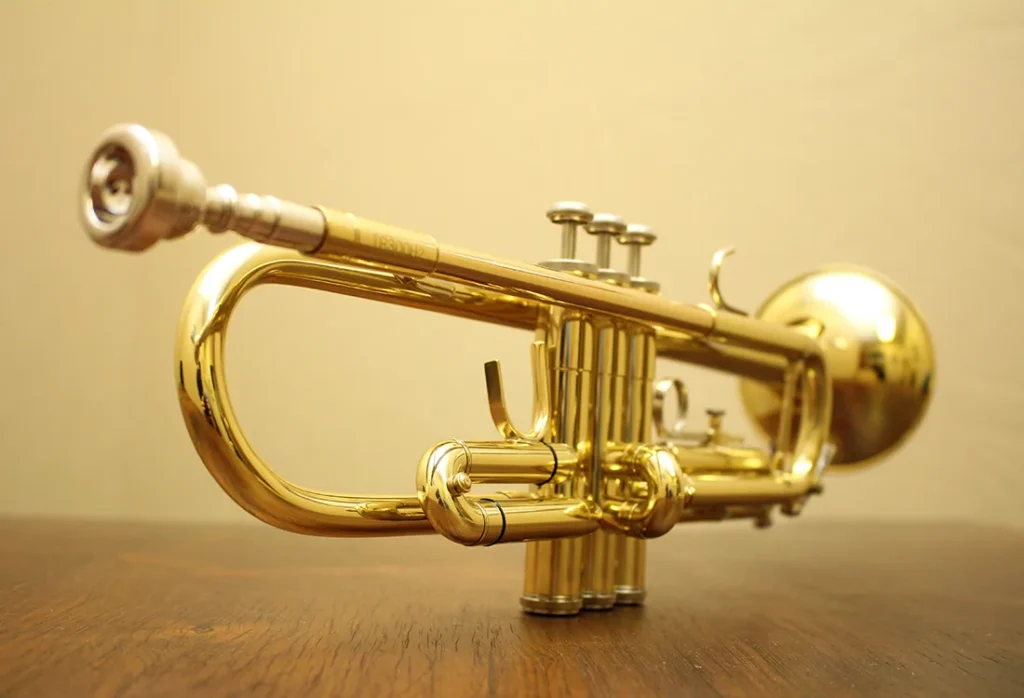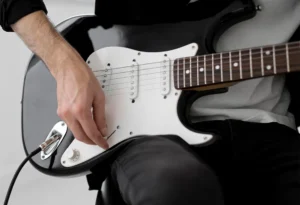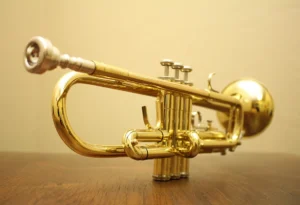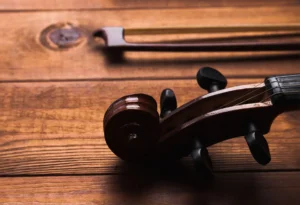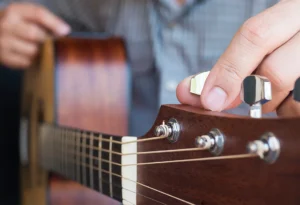Like other instruments, wind instruments need to be tuned. In an orchestra, they may play a large number of wind instruments, which must all be in tune. In this article, we are going to give some tips on how to tune wind instruments, so stay with us until the end of the article.
Tuning an instrument means creating accurate notes from that instrument, and this process is different for different instruments. If you want to know more about tuning instruments, you can refer to the article on how to tune an instrument.
As you know, the wind instrument produces sound by passing air inside the pipe or metal and wooden tongues. Musicians divide wind instruments into two categories, woodwind and brass. This classification has nothing to do with the type of instruments, but with how we play them. The way to perform with woodwind instruments is only by blowing or sucking air. That is, we blow it directly into the air intake. But in brass wind instruments, the sound is made by the vibration of the lips along with only the blowing of air in the mouth. The pitch changes with a combination of changes in the airflow. This is achieved by changing the length of the tubes through which the air flows.
There is nothing better to tune wind instruments than listening to other instruments. To learn how to tune wind instruments, conductors usually suggest that you listen to instruments like the bassoon or oboe and tune your instrument to them if necessary. While listening, if the chord seems out of tune, tune it by moving your lips up and down. Be sure to mark the high or low note in your note sheet so that you remember it when playing. It is possible to raise a note in one chord and lower the same note by changing the movement of the lips in another place due to the variation in the combination of playing different instruments. To be able to perform good and harmonious group work, it is better to know a little about the tuning of other wind instruments.
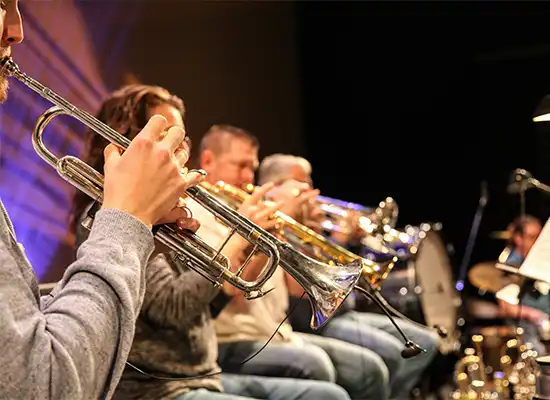
How to tune wind instruments
Wind instruments can also be out of tune. To learn how to tune wind instruments, listen to oboe notes and play your instrument. If you are not in tune with the oboe note, as we said above, you should raise or lower your lips. After that, adjust the slides of your instrument and do it again. In wind instruments, how you play the instrument greatly affects the sound of the notes. Playing wind instruments requires a good ear and a lot of practice. Musicians can tune some instruments, such as trumpets, trombones, and horns while playing.
In fact, in tuning for wind instruments, the ears act like a tuner. So, to know how to tune wind instruments, sharpen your ear. Just because the electronic tuner says that the note you are playing is in tune does not mean that all the notes are in tune. You need to listen to the sounds of the surrounding instruments over and over again and tune your instrument.
Brass instruments are naturally played out of tune due to their physical limitations. The musician can correct the notes by adjusting his breath. In three-valve instruments, each valve increases the length of the instrument’s plumbing. This increase allows the musician to play all the notes of the pitch harmonically. In general, all wind instruments, whether woodwind or brass, are made slightly sharp. The reason is that it is easier to make the instrument longer to adjust the tone than to make it shorter. Woodwind instruments are also out of tune, but not as much as brass instruments. Woodwind instruments have their own characteristics and you must constantly control the pitch.
Tuning wind instruments is slightly different from each other due to the difference in their physics and the way they are played. All brass instruments have slides for tuning, and the biggest one is the main tuning slide. To make the instrument flatter, it is sometimes necessary to pull out the sub-slides or push the sub-slides in to make it sharper. For example, in the case of the trombone instrument, in addition to the main tuning slide, each note can be tuned with the manual slide and used as a trombone tuner.
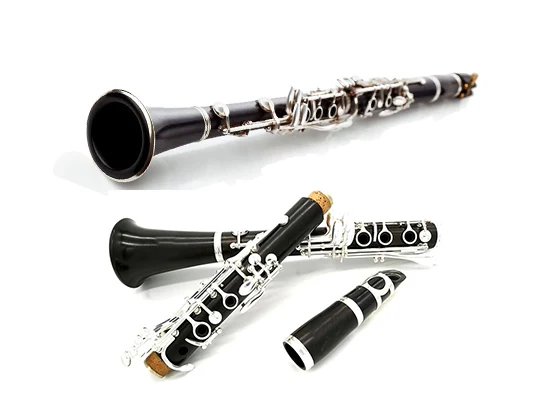
Another answer to the question of how to tune wind instruments is a tuner. In addition to tuning the wind instrument with other instruments, you can also tune your instrument with an electronic tuner. For this, set the frequency of note A to 440 Hz. Now play the note A with your instrument and you can know its status according to the location of the tuner indicator. By changing the position of your lips or changing the length of the slides, you can play the desired note correctly. After tuning the A note, you can tune the other notes with the tuner.
Tips for how to tune wind instruments
- By making your instrument’s tube longer, you make its pitch flatter and by shortening the tube, you make its pitch sharper.
- High temperature makes the sound of the wind instrument sharper and low temperature makes the sound of the instrument flatter.
- If you increase the firmness of the embouchure, the clarity of the pitch will increase. By reducing the firmness of the embouchure, the pitch becomes flatter.
How to keep your wind instrument in tune
Many factors affect the tuning of wind instruments. For example, environmental factors such as air temperature, humidity, and air pressure all affect the tuning of the wind instrument and its tone. Another factor that affects the tuning of wind instruments is the manufacturer. For example, the type of pads, the height of the key in the open state, and the shape and location of the tone holes are all different in different brands. In the following, we will discuss some tips to keep the wind instrument in tune.
- Practice your instrument daily and prioritize the quality of your playing.
- Listening to good music played by professional artists is very helpful. Listen daily to the sound of your tunes performed by professional musicians and try to imitate their sound.
- Sharpen your ear and try to recognize the correct tone.
- It is very important to keep the instrument in proper condition and it helps to keep it in tune.
- Constantly check the instrument and its mouthpiece. clean instrument parts have a great impact on playing. Make sure that the valves work easily and that the water switches do not leak.
Summary
In this article, we tried to teach you how to tune wind instruments. As we said, in wind instruments, you can change the tone by changing the position of the lips on the mouthpiece or by shortening and raising the slides. Also, you can keep your wind instrument tuned to a great extent by following the mentioned tips. If you want to learn your favorite wind instrument from the best teachers online, visit the chang.education website. You can communicate with the most professional teachers from all over the world and get training on this website.
